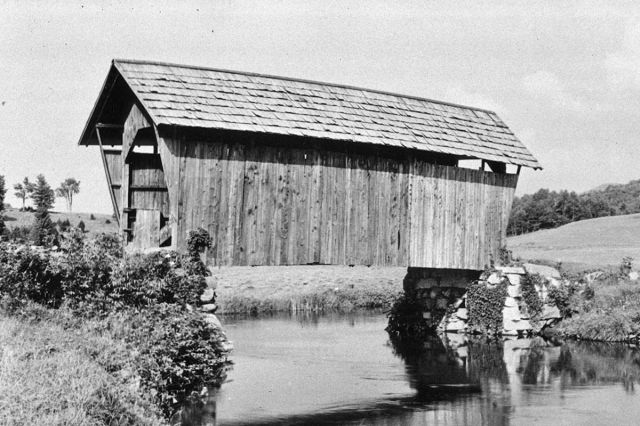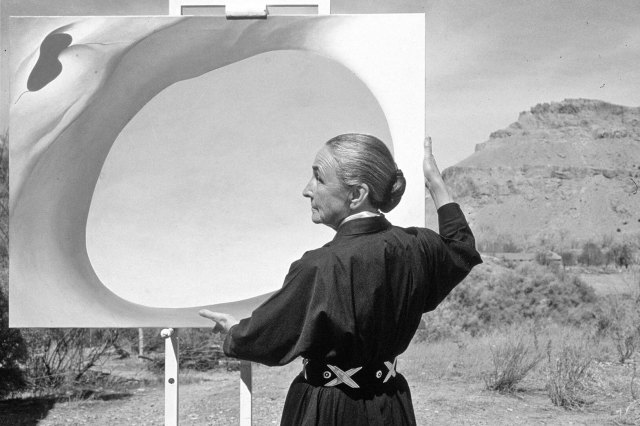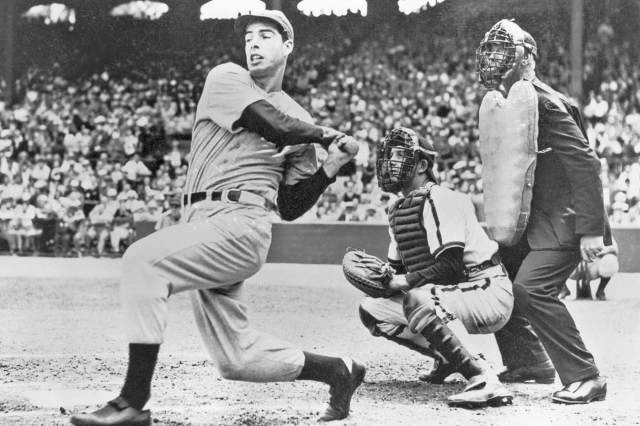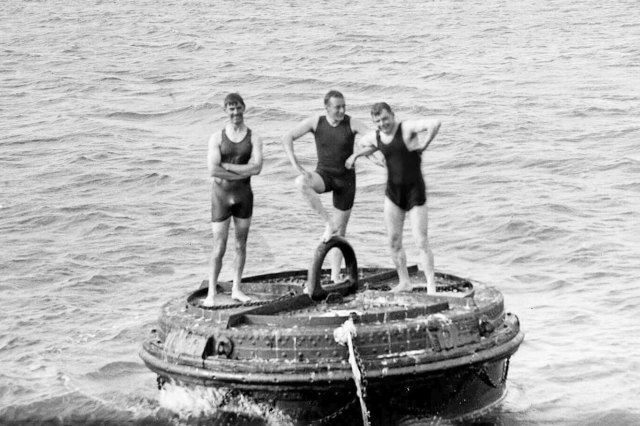Mary Shelley wrote “Frankenstein” after being challenged by Lord Byron.
Mary Shelley’s Gothic masterpiece Frankenstein is one of the horror genre’s most formative works, but it may have never existed if not for a playful challenge. In 1816, Shelley — who was then unmarried and known by the surname Godwin — vacationed at Villa Diodati on Lake Geneva in Switzerland. She was accompanied by her future husband Percy Bysshe Shelley, her stepsister Claire Clairmont, English poet Lord Byron, and Byron’s physician John William Polidori. Weather conditions were abnormally unpleasant at the time due to the lingering effects of the eruption of Indonesia’s Mount Tambora the previous year, forcing the group to largely remain indoors. Amid the dark and frigid evenings of that “Year Without a Summer,” the weary vacationers read and debated literary works late into the night, most notably horror stories and macabre poems that seemed appropriate given the gloomy weather outside.
As the days progressed, Lord Byron issued a challenge to those in attendance to write a scarier, more compelling horror story than the ones they’d been reading. Polidori eagerly and immediately complied, later publishing his novella The Vampyre in 1819, but Shelley struggled to find inspiration at first. That all changed after a ghoulish visage came to her one stormy night, which the author recounted in an 1831 preface to Frankenstein, writing, “I saw the hideous phantasm of a man stretched out, and then, on the working of some powerful engine show signs of life and stir with an uneasy, half-vital motion.” Shelley began work on what became her magnum opus, and effectively “won” Lord Byron’s challenge with the publication of the 1818 novel Frankenstein; or, the Modern Prometheus.















